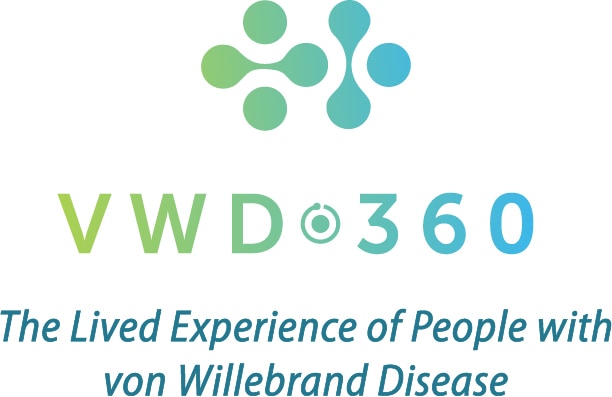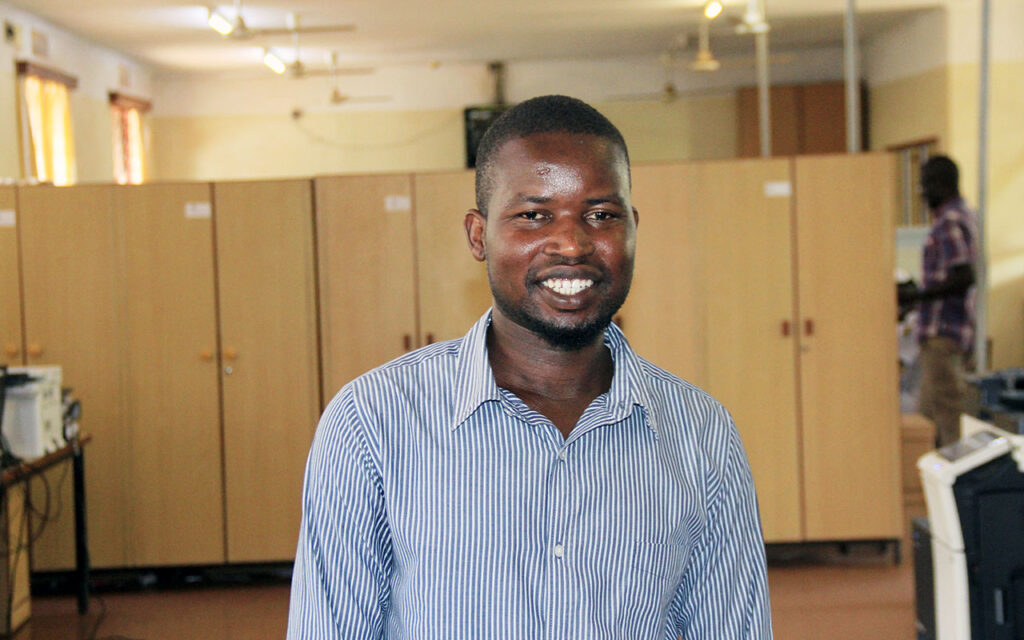Why we need to shout louder about von Willebrand disease
Inherited bleeding disorders like haemophilia and von Willebrand disease (VWD) are rare. For every million people born, around 100 will have haemophilia A and just 20 will have haemophilia B. But around 125 will have clinically significant VWD – in other words, they’ll have von Willebrand’s to an extent that they’ll need medical treatment for bleeding.
Figures in the UK National Haemophilia Database broadly reflect this [1]. In 2023, there were 9,316 people registered with haemophilia A and 2,069 with haemophilia B. For VWD the figure was 11,935.
So, it’s reasonable to expect that there’d be as much current von Willebrand disease research as there is for haemophilia, isn’t it?
Sadly, this isn’t the case. A brief trawl of the clinicaltrials.gov website last month (August 2024) showed that the total number of clinical trials for haemophilia was 692, including all those recruiting, not yet recruiting, or completed. For VWD, the corresponding figure was just 27.
Disparity for the most common bleeding disorder
Von Willebrand disease is the most common inherited bleeding disorder, affecting almost 1% of the general population. It might not be as common as diabetes, but it’s less rare than you might think. A recent review of published literature suggests that people with VWD are burdened by clinical complications, reduced quality of life and high healthcare costs [2].
So, why is there such a disparity when it comes to clinical research?
Historically, VWD was generally thought to be less severe than other bleeding disorders. In fact, many people with von Willebrand’s may not know that they have it because they have only mild symptoms. In terms of treatment for people with the mildest form – Type 1 – data from the UK Haemophilia Centre Doctors’ Organisation (UKHCDO) suggest very low rates of treatment.
If we look at how haemophilia has been treated, prophylaxis was seen as the way forward by many clinicians over a number of years. Despite this, the case for it was only firmly established among healthcare payers when Marilyn Manco-Johnson et al.’s Joint Outcomes Study was published in 2007 [3]. The focus then was largely on people with severe haemophilia, although in more recent years there’s been a broader focus on non-severe haemophilia.
Is that because the industry has sought new markets? In other words, is it about science or a case of “follow the money”?
Value and need
Financial analysts estimate that the global haemophilia market was worth US$12.6 billion in 2022 (44% of it in North America). Growth is expected to continue at a compound annual rate of 6.6%, reaching US$22 billion by 2030. Key drivers include increased awareness and understanding, particularly the need for prophylaxis, as well as novel non-factor therapies and gene therapy.
There are no equivalent global market estimates for von Willebrand disease. However, one analyst suggests that markets in the US, Germany and the UK (the three biggest) will more than double in size between 2022-2023, from US$893 million to US$2.04 billion in 2032 – a compound annual growth rate of 8.6%. Sales growth will follow disease prevalence and the introduction of novel agents. But there are hindrances to growth that have to be considered too – namely, the need for more awareness and the high cost of these new treatments unless they are able to demonstrate value.
In short, VWD needs more research that demonstrates unmet need and the potential for value. But don’t just take our word for it. That review mentioned earlier points out that joint bleeds are more common in severe von Willebrand’s than is often assumed, and bleeds can reduce quality of life. It also argues that research efforts to improve quality of life and other outcomes in VWD should be a priority.
Individual experience matters
We think von Willebrand disease research is important. Haemnet’s VWD360 study is currently recruiting in a number of treatment centres and on social media channels across the country. We want to capture and understand the lived experience of people with VWD, with a particular focus on the impact of bleeding on everyday quality of life. And we’re especially keen to hear from people with Type 1 VWD, not least because the UKHCDO data suggests very low levels of treatment.
So, if you live with von Willebrand disease, we’d love you to take part in VWD360. Together, we have an opportunity to make things better for everyone with VWD.
Sharing your experience will help us to establish the baseline that can help us create greater awareness of von Willebrand’s and set the stage for future improvements in care.
To find out more, including how to take part in VWD360, email Dr Kate Khair at research@haemnet.com.
References
- UKHCDO Annual Report 2023 & Bleeding Disorder Statistics for the Financial Year 2022/23. Available from https://www.ukhcdo.org/home-2/annual-reports/ (accessed September 2024).
- Castaman G, Katsarou O, Jansen N, et al. Clinical, economic, and health-related quality of life burden associated with von Willebrand disease in adults and children: Systematic and targeted literature reviews. Haemophilia 2023;29(2):411-422. doi: 10.1111/hae.14655.
- Manco-Johnson MJ, Abshire TC, Shapiro AD, et al. Prophylaxis versus episodic treatment to prevent joint disease in boys with severe hemophilia. N Engl J Med 2007;357(6):535-44. doi: 10.1056/NEJMoa067659.
About the author
Mike Holland is CEO of Haemnet Ltd.




